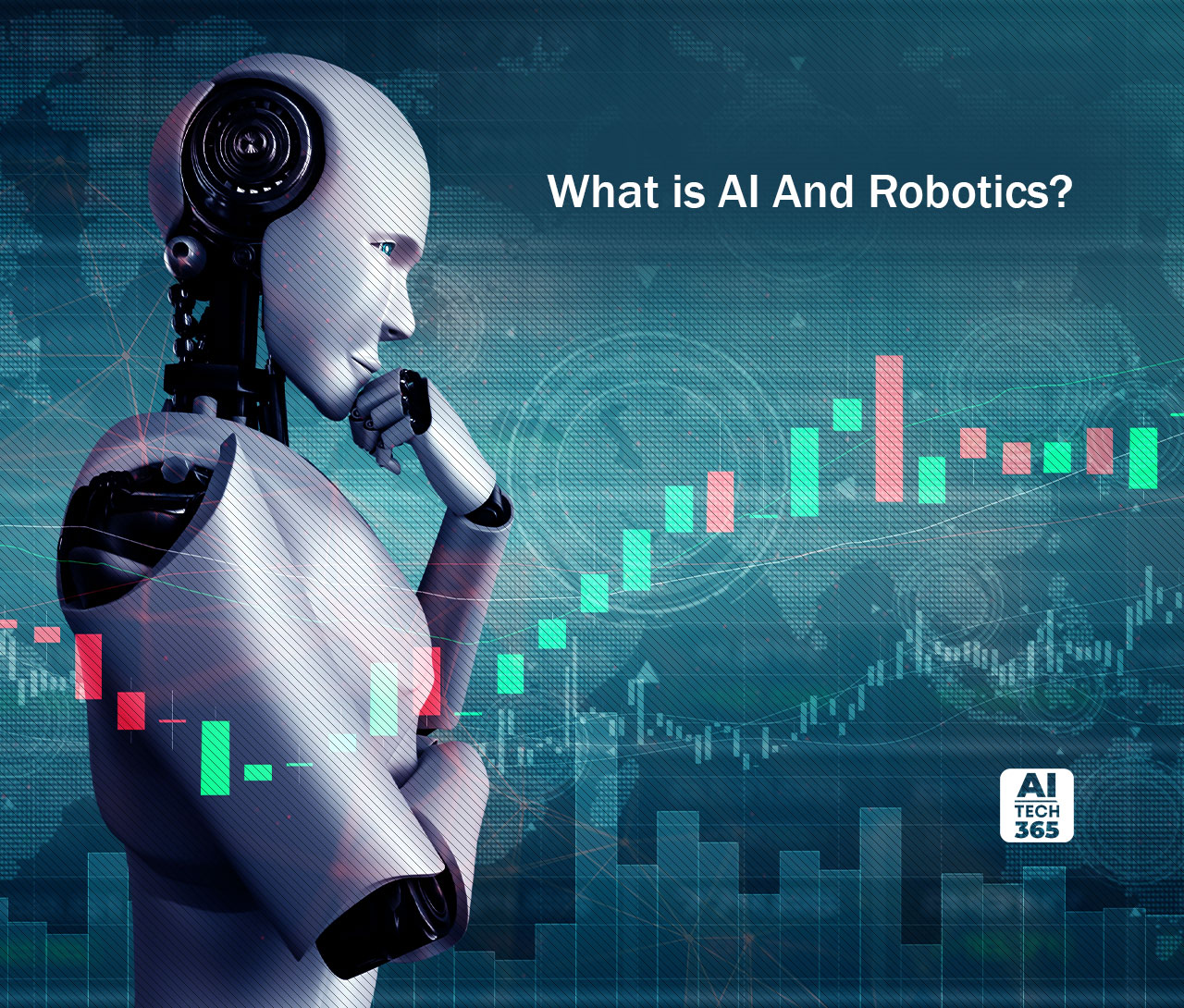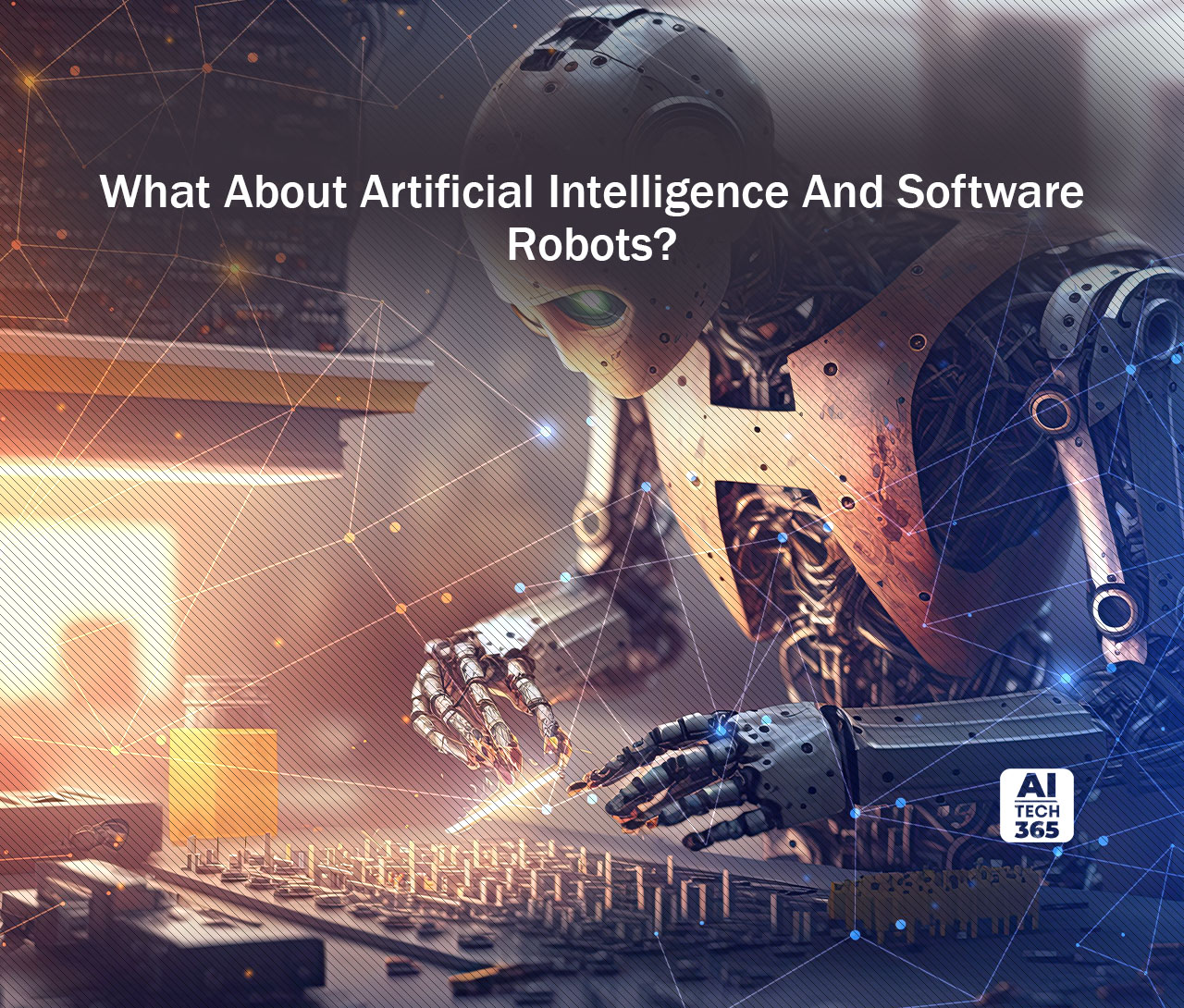AI and robotics have easily become the trending topics of this century, and all for the right reasons.
From OpenAI’s ChatGPT to Tesla’s humanoid robot, Optimus, these two topics increasingly attract more attention.
Even though numerous controversial questions are looming around these topics, people are looking forward to these futuristic technologies.
This blog will uncover everything about AI and robotics and five amazing facts you need to know in 2024. Let’s delve in…
What is AI And Robotics?
Artificial intelligence (AI) and robotics are frequently confused, yet they represent distinct fields that share some common ground.
Robotics centers on crafting and assembling machines capable of executing programmed tasks autonomously without continuous human involvement.
AI focuses on enabling machines to develop intellectual abilities similar to those of humans. It’s crucial to recognize that, although robots can incorporate artificial intelligence, robotics can thrive independently of AI, with many existing systems currently functioning without it.
One great example of a robot that can function without AI is Unitree Go1.
This bionic companion robot uses AI human recognition, a side-follow system, and a sensory system to mimic the behavior, walking, and responses of a real dog when interacting with its owner.
AI and Robotics Difference
AI and robotics differ in their respective technological and engineering domains. Robotics focuses on constructing machines for programmed tasks without direct human involvement, while AI aims to imbue machines with intellectual capacities resembling those of humans.
In a collaborative setting, AI serves as the brain and robotics as the body, allowing artificially intelligent robots to execute activities like walking, seeing, and speaking.
It’s crucial to emphasize the distinction between robotics and AI, as they are largely separate fields.
Robotics deals with mechanical components, while AI contributes to reasoning and perception, enhancing problem-solving and overall functionality.
In essence, while the two fields overlap, they remain distinct, with robotics handling physical design and automation and AI concentrating on developing intellectual capabilities in machines.
However, the market for AI robotics as a whole is anticipated to garner a valuation of $36.78 billion by 2030. This stat explains the craze for the billion-dollar industry.
Will AI and Robots Replace Human Labor?
The impact of AI and robotics on human labor sparks considerable debate. While these technologies can replace certain jobs, they also open up new opportunities and augment human capabilities in the workforce.
Recent research from MIT suggests that, on average, each additional robot introduced in manufacturing replaced approximately 3.3 workers nationally.
Yet, in this phase of the Industrial Revolution, humans and robots collaborate, capitalizing on their respective strengths and learning from past automation challenges.
AI is projected to take over both blue-collar and white-collar jobs involving straightforward and repetitive tasks, like drivers, factory workers, administrative assistants, paralegals, and some copywriters.
However, professions requiring complex tasks and human interaction, such as teachers, nurses, therapists, and tradespeople, are less likely to be replaced by AI.
While concerns exist about job displacement, it’s vital to note that AI and robotics engineering can enhance efficiency and protect human workers, especially in manufacturing, by keeping them out of harm’s way.
What About Artificial Intelligence And Software Robots?
Let’s delve into the realm of software robots and artificial intelligence. Adding a layer of complexity, the term “bot,” derived from “robot,” is also employed to characterize software programs that independently carry out tasks, often incorporating artificial intelligence.
Unlike traditional robots, software bots lack a physical presence, encompassing a broad range of entities, from web crawlers to chatbots. The latter, in particular, utilize artificial intelligence to aptly respond to messages from humans.
Examples of AI and Robotics in Different Fields
While projects utilizing AI in robotics are currently in the minority, the prospect of such designs becoming more prevalent is on the horizon as AI systems continue to advance.
Below are examples illustrating the application of AI in various domains.
AI and Robotics in Household
The utilization of AI in household robots is exemplified by Amazon’s upcoming Astro bot.
Functioning as an autonomous Echo Show on wheels, this robot employs artificial intelligence to navigate homes independently, acting as an observant presence with a periscope camera for remote monitoring.
Furthermore, AI plays a significant role in enhancing the capabilities of robot vacuums, such as those offered by iRobot.
Manufacturing Robotics (Industry 4.0)
The scope for robotic AI in manufacturing, often referred to as Industry 4.0, is transformative. Companies like Vicarious are pioneering the use of AI in turnkey robotics, handling tasks that are too complex for programmed automation.
Examples include the Shadow Dexterous Hand, designed for delicate tasks like picking soft fruit without causing damage, and Scaled Robotics’ Site Monitoring Robot, which patrols construction sites, analyzing data for quality issues.
Business Robotics
Starship Technologies’ delivery robots, equipped with mapping systems and AI, efficiently navigate urban environments to deliver goods within a four-mile radius.
Miso Robotics’ Flippy, incorporating 3D and thermal vision, adapts and learns skills over time, offering an advanced solution for tasks such as cooking.
Healthcare Robotics
Robotics in healthcare presents solutions to address issues of fatigue and worker shortages.
While advanced robotic surgeons demonstrate precision in complex operations, robots like Moxi can handle lower-skilled tasks, freeing up medical professionals’ time.
Additionally, innovations like the Cobionix robot, capable of administering needleless vaccinations, highlight the role of robotics during health crises.
Agricultural Robotics
The application of robotics in agriculture aims to alleviate labor shortages and enhance sustainability.
Companies like Iron Ox utilize AI and robotics to optimize plant growth conditions, minimizing water wastage and reducing waste.
The Agrobot E-Series, equipped with AI, not only harvests strawberries but also assesses the ripeness of each fruit, showcasing the potential for increased efficiency in agriculture.
Robotics in Aerospace
In the aerospace sector, AI and robotics contribute to space exploration. Airbus’ CIMON, serving as a space-based assistant for astronauts, utilizes speech recognition and AI to assist with daily tasks and detect potential issues.
iSpace’s rover, equipped with onboard tools, exemplifies the potential for autonomous exploration beyond Earth, such as laying the foundations for a ‘Moon Valley’ colony.
AI and Robotics in Military
The military domain, while less vocal about its achievements, is actively engaged in developing AI-driven weapons and autonomous military drones. The use of robotic AI in military applications, particularly in combat scenarios, represents a tangible and evolving aspect of the future of robotics.
Is AI And Robotics The Future?
AI and robotics represent distinct yet interconnected fields.
While it’s possible to integrate AI into robotics (and vice versa), these fields commonly operate independently.
Simple and repetitive tasks performed by most robots often don’t necessitate advanced AI, as these duties are typically predictable and pre-programmed.
Historically, many robotics systems were developed without incorporating AI due to past limitations in artificial intelligence. However, with technological advancements occurring annually, manufacturers now have greater confidence in pushing the boundaries by combining these two disciplines.
The mentioned applications of AI in manufacturing, aerospace, healthcare, and agriculture showcase the potential synergies between robotics and artificial intelligence.
While the next major innovation may seem like science fiction today, the rapid progress in these fields makes it a plausible reality for tomorrow.


